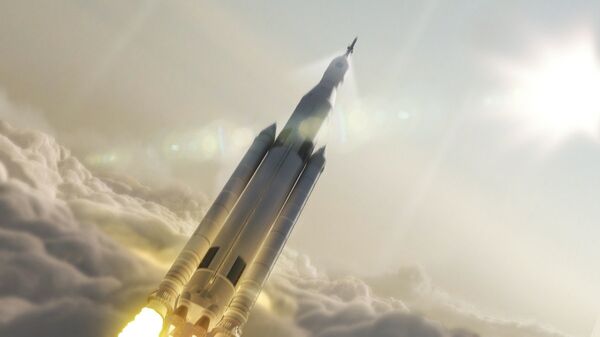To do that, NASA is currently developing an extremely powerful rocket called Space Launch System, or SLS. It features twin five-segment solid rocket boosters, four liquid propellant engines, and a minimum of 70 metric tons of lifting power, making it the most powerful rocket in the world.
"The rocket looks a lot like the one in the museum, but that's about all that's the same: the outside," said Fred Brasfield, Orbital ATK's SLS Boosters lead, according to Wired.
The modifications include a dramatic reduction in weight and a major electronics upgrade. While the older version was "basically analog," the new one will need precise electronics to control the 3.6 million pounds of lift created by each booster.
"Qualification" is a common word when talking rockets. What does it mean for @NASA_SLS? https://t.co/Og395aO3kW pic.twitter.com/EJvl2w5tTE
— NASA (@NASA) 26 июня 2016 г.
The qualification testing has nearly 80 different hurdles to overcome. This time, the engineers will estimate how much power the propellant can create at a temperature of 40 degrees Fahrenheit.
The engineering team acknowledges that development of SLS cannot be rushed.
"This test is part of a deliberate buildup approach," says Mike Sarafin, EM-1 mission manager. "Until we demo, there's going to be a lot of uncertainty."
After this uncertainty is removed, the first Mars manned mission will be one step closer.




